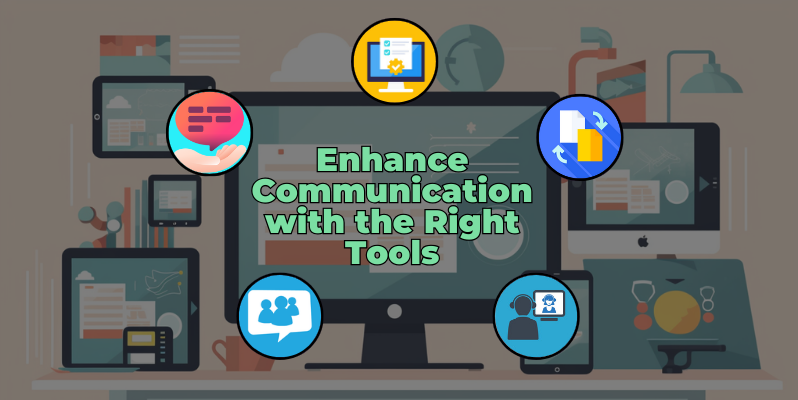- By quade
- 27 July 2023
5 Tips for Sustaining Clear and Consistent Communication with Your BPO Clients
Every successful business partnership requires effective communication, but doing so with BPO clients can be quite challenging. BPO, or business process outsourcing, refers to employing third-party businesses to carry out specific tasks or operations for your company, such as IT, accountancy, or customer support. BPO can minimize expenses, boost productivity, and provide you access to specialized expertise, but it also demands clear and consistent communication to prevent confusion, errors, and delays. This article will offer advice on maintaining straightforward and consistent communication with BPO clients and strategies for overcoming common challenges and problems.
1. Set Expectations and Objectives
To initiate effective communication with your BPO clients, you need to define your expectations and objectives for the project or service you will provide. This implies defining the scope, schedule, budget, quality standards, results, and key performance indicators (KPIs) that both you and your BPO client will adhere to and measure. You should also establish the roles and responsibilities of each party, communication channels, and procedures for addressing any changes and problems.
Having a clear and thorough service-level agreement (SLA) or contract can help your company align its expectations and objectives with those of your BPO clients.
2. Utilize Proper Tools and Platforms
Selecting the right tools and platforms that align with your needs and preferences is another key factor for ensuring clear and consistent communication. Depending on the nature and complexity of the project or service, you may require various tools and platforms for tasks such as project management, file sharing, conference calls, chat messaging, or feedback gathering.
It is essential to choose tools and platforms that are user-friendly, secure, reliable, and compatible with your BPO client’s hardware and software. Also, to ensure success in this, it’s crucial to provide training for yourself and the staff outsourced by your BPO client.

3. Set a Communication Schedule and Plan
The structure, frequency, and purpose of your interactions are the main points in establishing a communication schedule and plan. These elements can help you maintain straightforward and consistent communication with BPO clients. Assess how often you should communicate with your BPO client, whether it’s daily, weekly, monthly, or as needed. Choose the type of communication you’ll use, such as email, phone calls, video calls, or reports. Each communication session should also have a defined purpose that outlines the subjects, inquiries, updates, and feedback you want to cover.
A communication schedule and plan can help prevent communication redundancy, gaps, and overload that may cause delays and misunderstandings between you and your client. If you have these aspects set up correctly, you can ensure that you are well informed and that your work and projects will stay on track and organized.
4. Encourage Feedback and Transparency
Encouraging your BPO clients to provide feedback and promote transparency will significantly benefit your company and your staff by enhancing performance, resolving issues, and fostering trust and rapport with your clients. You and your staff should be receptive to both positive and constructive feedback from your clients to acknowledge your accomplishments, address challenges, and identify areas for improvement.
In return, offering feedback and suggestions to your clients will help them comprehend your perspective and address concerns, potentially surpassing their expectations for their projects. Additionally, you should recognize and appreciate your clients’ efforts and contributions to keep them engaged, retain their business, and strengthen your relationship.
5. Be Considerate and Culturally Sensitive
Finally, being considerate and culturally sensitive in the BPO industry is not just a courtesy but a key component of successful and ethical business operations. This approach involves recognizing, respecting, and accommodating the diverse cultural backgrounds and needs of both staff and clients.
Practicing this will benefit your company as it will help mitigate legal and ethical compliance risks, safeguard your brand reputation, and, most importantly, give you a competitive edge by attracting a more diverse clientele and workforce. This, in turn, will foster a more positive workplace environment, and enhance productivity, that paves the way for long-term success.



